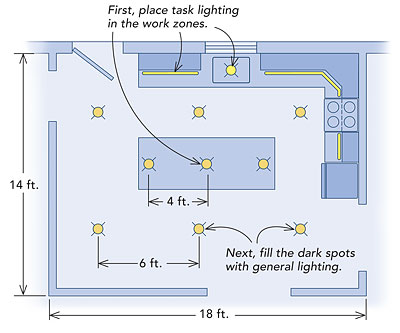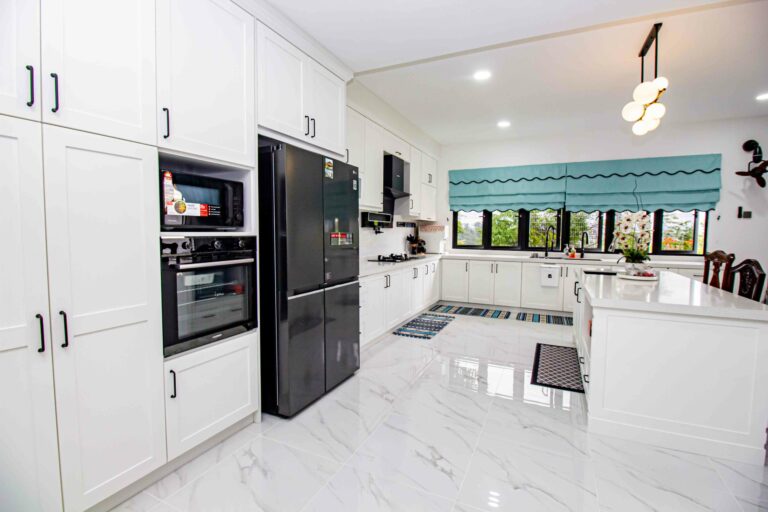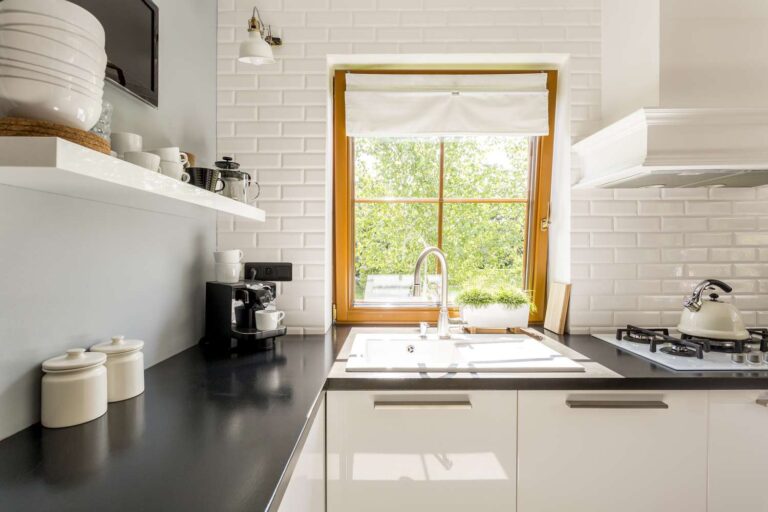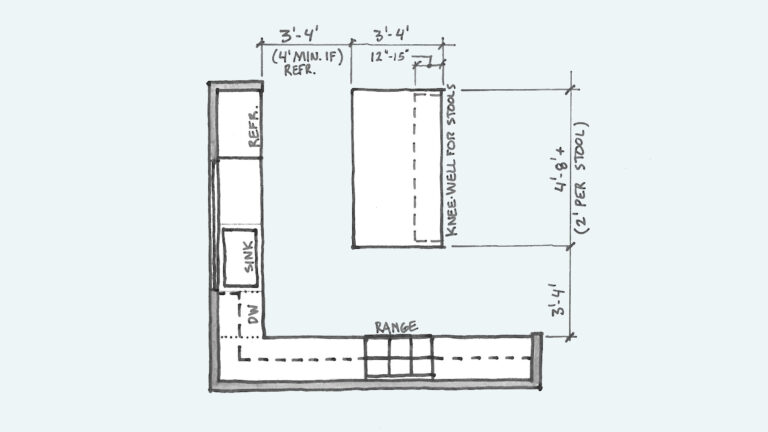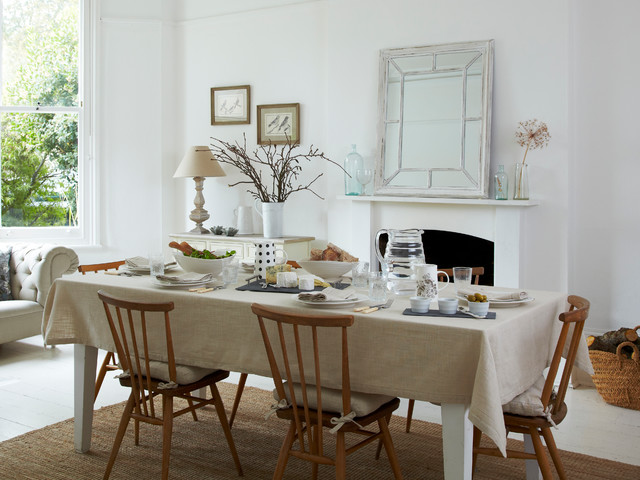Basics Of Kitchen General And Work Area Lighting
Kitchen lighting is essential for creating a safe and comfortable space for cooking and other tasks. The Basics Of Kitchen General And Work Area Lighting covers the basics of what you need to consider when planning and installing lighting in your kitchen. It discusses the types of fixtures available, how to choose the right one for your space, and the best placement of lighting for optimal use. Additionally, it covers the importance of creating a layered lighting design that combines both task lighting and ambient lighting for a functional and inviting space. Finally, it discusses the safety considerations when choosing and installing kitchen lighting.
Types of Kitchen Lighting
When it comes to kitchen lighting, there are many different types to choose from. Depending on the size and layout of your kitchen, you can find options that are both practical and aesthetically pleasing. From recessed lighting to chandeliers, you can create a functional and attractive kitchen lighting design. Here is a look at some of the different types of kitchen lighting available to you.
Recessed lighting is a popular option for kitchen lighting. This type of lighting is great for providing general illumination in the kitchen and can also be used to create a more dramatic effect. In addition, it is a good option for highlighting specific areas, such as a kitchen island or countertop.
Pendant lights are another popular option for kitchen lighting. These lights hang from the ceiling and can provide both ambient and task lighting. They can also be used to create a decorative statement in the kitchen.
Track lighting is a versatile option for kitchen lighting. This type of lighting is great for directing light to specific areas, such as a kitchen island or a dining table. It is also a good option for providing task lighting over countertops.
Under-cabinet lighting is a great option for providing task lighting in the kitchen. This type of lighting is often used for illuminating countertops and is a great way to provide light in areas that are not well-lit.
Chandeliers are a popular option for kitchen lighting. These lights can provide a decorative focal point, and they can be used to create a cozy atmosphere in the kitchen. Chandeliers come in a variety of styles and sizes, so you can easily find one that will fit with the style and décor of your kitchen.
These are just a few of the different types of kitchen lighting available. With the right type of lighting, you can create a functional and attractive kitchen lighting design that will help you make the most of your kitchen space.
Measuring Kitchen Lighting
When it comes to properly lighting a kitchen, one of the most important steps is measuring the kitchen lighting. Knowing the correct measurements of your kitchen lighting can help you achieve the perfect balance of task and ambient lighting. To begin, you’ll need to measure the square footage of your kitchen. Once you have an idea of the size of your kitchen, you can move on to measuring the area where you’ll be placing the lighting fixtures. To properly measure the lighting area, you’ll need to measure the length and width of the area. Then, measure the height of the ceiling in that area, and you’ll have the measurements you need for your kitchen lighting.
Next, you’ll want to take into consideration the type of bulbs you’ll be using and the wattage of those bulbs. This will impact the intensity of the light, and you’ll want to make sure the wattage is appropriate for the size of the kitchen. Additionally, you’ll need to decide on the color temperature of the bulbs. This will impact the overall look and feel of the kitchen lighting, so you’ll want to choose a temperature that fits the overall aesthetic.
Finally, you’ll need to determine how many lighting fixtures you’ll need to properly light the kitchen. This is where your measurements come into play. You’ll need to consider the wattage of the bulbs, the type of bulbs you’ve chosen, and the size of the kitchen in order to determine how many fixtures you’ll need.
Measuring kitchen lighting is an important step in creating the perfect kitchen lighting. With the right measurements and the right mix of task and ambient lighting, you’ll be able to create a beautiful and functional kitchen.
Considerations for Choosing Kitchen Lighting
When it comes to picking the right lighting for your kitchen, there are many considerations to take into account. From the type of lighting fixtures to the size and placement, all of these factors play a role in creating the perfect atmosphere for your kitchen. Here are some considerations to think about when choosing the best kitchen lighting for your space.
First, you’ll need to decide what type of lighting will best suit your kitchen style. Do you prefer bright, overhead lighting for general illumination or are you looking for something more subtle and ambient? Consider the size and shape of your kitchen as well as the types of activities that take place in it when deciding which type of lighting is best for you.
Next, you should consider the placement of your lighting fixtures. For general lighting, you’ll want to place fixtures in the center of the room to provide even illumination. However, for task lighting and accent lighting, you’ll want to place fixtures in the areas where you’ll be working or where you want to draw attention to specific features.
Finally, you’ll want to think about the wattage of your lighting fixtures. In general, you’ll want to use bulbs that are at least 60 watts for general lighting, as this will provide enough illumination for everyday tasks. For task lighting, you’ll want to use bulbs that are at least 40 watts to provide enough light for close-up tasks.
Choosing the right lighting for your kitchen can be a challenge, but it doesn’t have to be. By taking into account the type, placement, and wattage of your lighting fixtures, you can create the perfect atmosphere for your kitchen.
Benefits of Kitchen Lighting
When it comes to the kitchen, lighting is an essential part of the space. Not only does it help create the ambiance and atmosphere, but it also serves a practical purpose. Kitchen lighting can be used to brighten up the room and make it easier to maneuver around the space. It can also be used for tasks such as food preparation and cooking. The right type of kitchen lighting can make a huge difference in the overall look and feel of the space, so it’s important to get the basics right.
Benefits of kitchen lighting include creating a warm and inviting atmosphere, providing adequate illumination for tasks, and improving safety. Proper lighting can help create a more inviting environment, while also making it easier to navigate around the kitchen. It can also provide additional illumination for activities such as food preparation, cooking, and reading recipes. Furthermore, proper kitchen lighting can help reduce the risk of accidents by making it easier to spot hazards. Ultimately, kitchen lighting serves both a practical and aesthetic purpose, and it’s important to get the basics right.
:max_bytes(150000):strip_icc()/GettyImages-Perry-Mastrovito-56a27fbe5f9b58b7d0cb598d.jpg)
Tips for Installing Kitchen Lighting
When it comes to installing kitchen lighting, there are several considerations that need to be taken into account. From the type of light fixtures to the positioning of the lights, it is important to plan ahead and create a lighting design that best suits your needs. Here are a few tips to help you get started.
Firstly, decide which type of light fixture works best for your kitchen. From overhead pendants to recessed lighting, there is a wide range of lighting options available. Consider the size of your kitchen, the type of activities you plan to do in it, and the ambiance you want to create.
Secondly, make sure to consider the positioning of the lights. Consider the natural light that comes in during the day and plan your lighting design accordingly. Lights should be placed in areas that need bright illumination and avoid dark shadows.
Thirdly, consider the type of bulbs you want to use in your kitchen. LED lights tend to be more energy-efficient and last longer, while traditional incandescent bulbs provide a warmer, more inviting light.
Finally, make sure to consider the amount of light you need. Kitchen workstations should be well-lit to ensure safety when preparing food. However, it is important not to over-illuminate the kitchen, as this can create a sterile, uninviting atmosphere.
By following these tips, you can create a kitchen lighting design that is both efficient and attractive. With careful planning and consideration, you can ensure that your kitchen is a bright and inviting space for all your culinary endeavors.
Popular Kitchen Lighting Options
When it comes to kitchen lighting, there are many popular options to choose from. Natural light is always a great choice, but for dark corners and other areas, LED, recessed, and track lighting are all popular options. LED lighting is an energy-efficient choice that is becoming increasingly popular for kitchens. Recessed lighting is ideal for task lighting, such as in a work area or over a kitchen island. Track lighting can be used to highlight special features, such as artwork. Additionally, dimmers or adjustable switches give you more control over your kitchen lighting. Whatever kitchen lighting option you choose, make sure to consider the size of the room and the number of light sources needed to create a comfortable and inviting atmosphere.
Energy-Efficient Kitchen Lighting
When it comes to kitchen lighting, energy efficiency is an important factor to consider. LED lighting is a popular choice for kitchens due to its long-term energy savings and minimal environmental impact. LED lights are more efficient than traditional incandescent bulbs, using up to 85% less energy and lasting up to 25 times longer. They are also highly durable and can withstand multiple on and off cycles, making them ideal for frequently used areas like the kitchen. The lower wattage of LED bulbs also helps reduce the amount of heat generated, making them a safer choice in the kitchen. Additionally, LED lighting can be used in a variety of creative ways, from simple task lighting to accent and decorative lighting, to create a unique and inviting atmosphere. With energy-efficient LED lighting, you can enjoy a well-lit kitchen without breaking the bank.
Troubleshooting Common Kitchen Lighting Problems
Kitchen lighting is essential to the overall look and feel of the space, but it can also be a source of frustration. From flickering lights and dim bulbs to buzzing and flickering fixtures, kitchen lighting problems can be a real hassle. Fortunately, there are some simple steps you can take to troubleshoot and resolve these common issues.
First, make sure that all of the bulbs and fixtures in your kitchen are in good working order. Check for any signs of damage, such as frayed wiring or cracked sockets, and replace any components that are not functioning properly. If you have multiple fixtures in your kitchen, you may need to replace some of them in order to get the desired lighting effect.
Second, check to see if the bulbs are the right wattage for the fixtures. If the wattage is too low, the bulbs may dim or flicker when they are turned on for long periods of time. You can also try changing the bulbs to LED lights, as they are typically more efficient and last longer than traditional bulbs.
Finally, make sure that the electrical connections are secure and that there are no loose wires or poor connections. If the wiring is in good condition, you can also try replacing the wall switches and dimmer switches.
With these simple troubleshooting steps, you can solve most common kitchen lighting issues. Keep in mind that if you are still experiencing problems, it may be best to contact a professional electrician for assistance.
FAQs About the Basics Of Kitchen General And Work Area Lighting
1. How can I ensure proper lighting in my kitchen work area?
Answer: To ensure adequate lighting in your kitchen work area, you should use a combination of overhead lighting and task lighting. Try to use light fixtures that are bright enough to provide good visibility without creating a glare.
2. What is the best type of light bulb to use in my kitchen?
Answer: LED light bulbs are the most efficient and cost-effective option for kitchen lighting. LEDs last longer than traditional incandescent bulbs, use less energy, and provide a bright, even light.
3. How can I create the best lighting environment for my kitchen?
Answer: To create the best lighting environment for your kitchen, you should aim to evenly diffuse light throughout the kitchen. You can do this by using a combination of overhead lighting, task lighting, and natural light. Make sure to use light fixtures that are bright enough to provide good visibility without creating a glare.
Conclusion
Overall, kitchen and work area lighting are essential elements of any kitchen design. It is important to understand the different types of lighting available and how to properly position them so that the kitchen space looks attractive and is well-lit for tasks. With the right combination of task lighting, ambient lighting, and accent lighting, any kitchen can be comfortable and functional.
